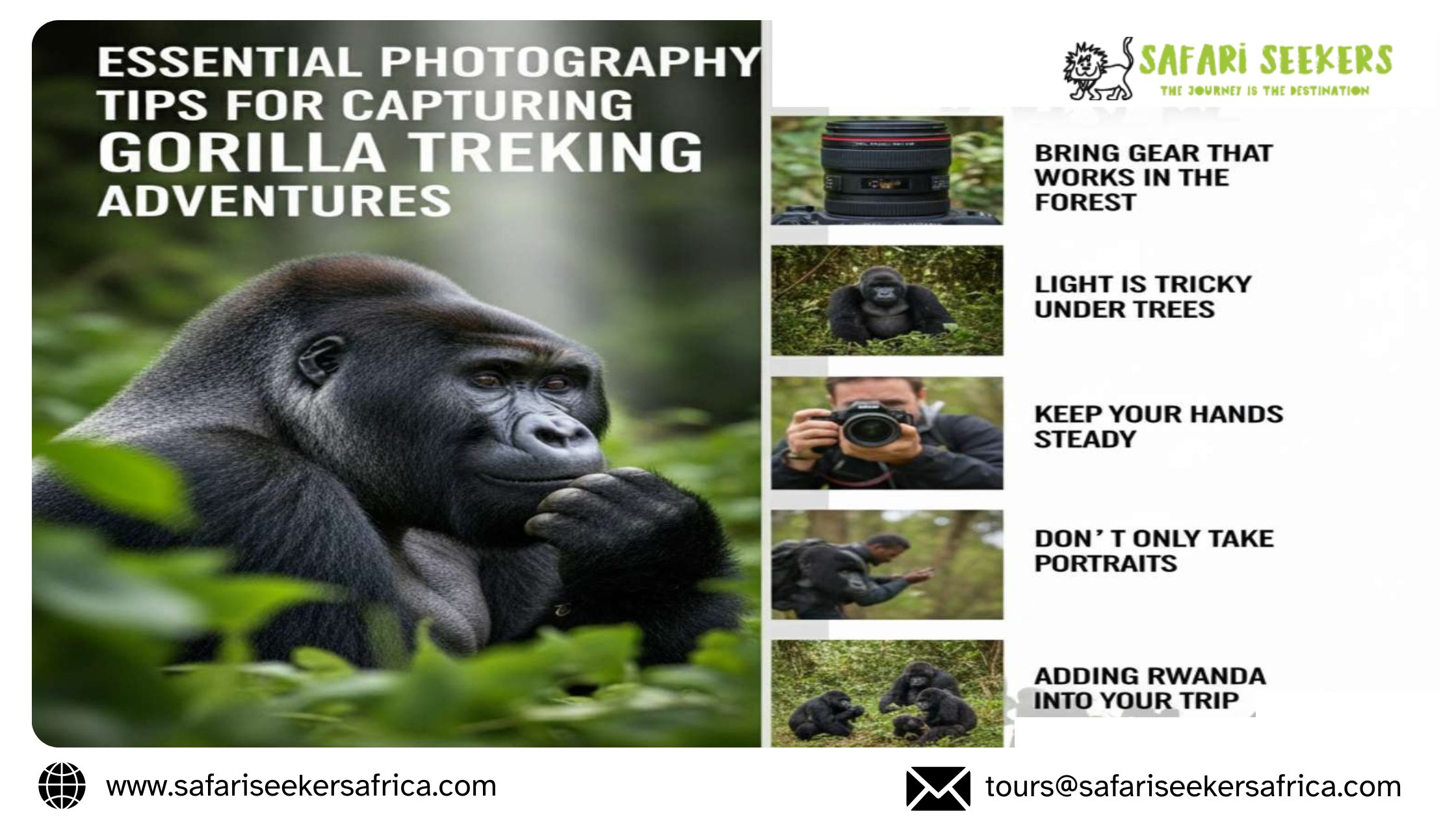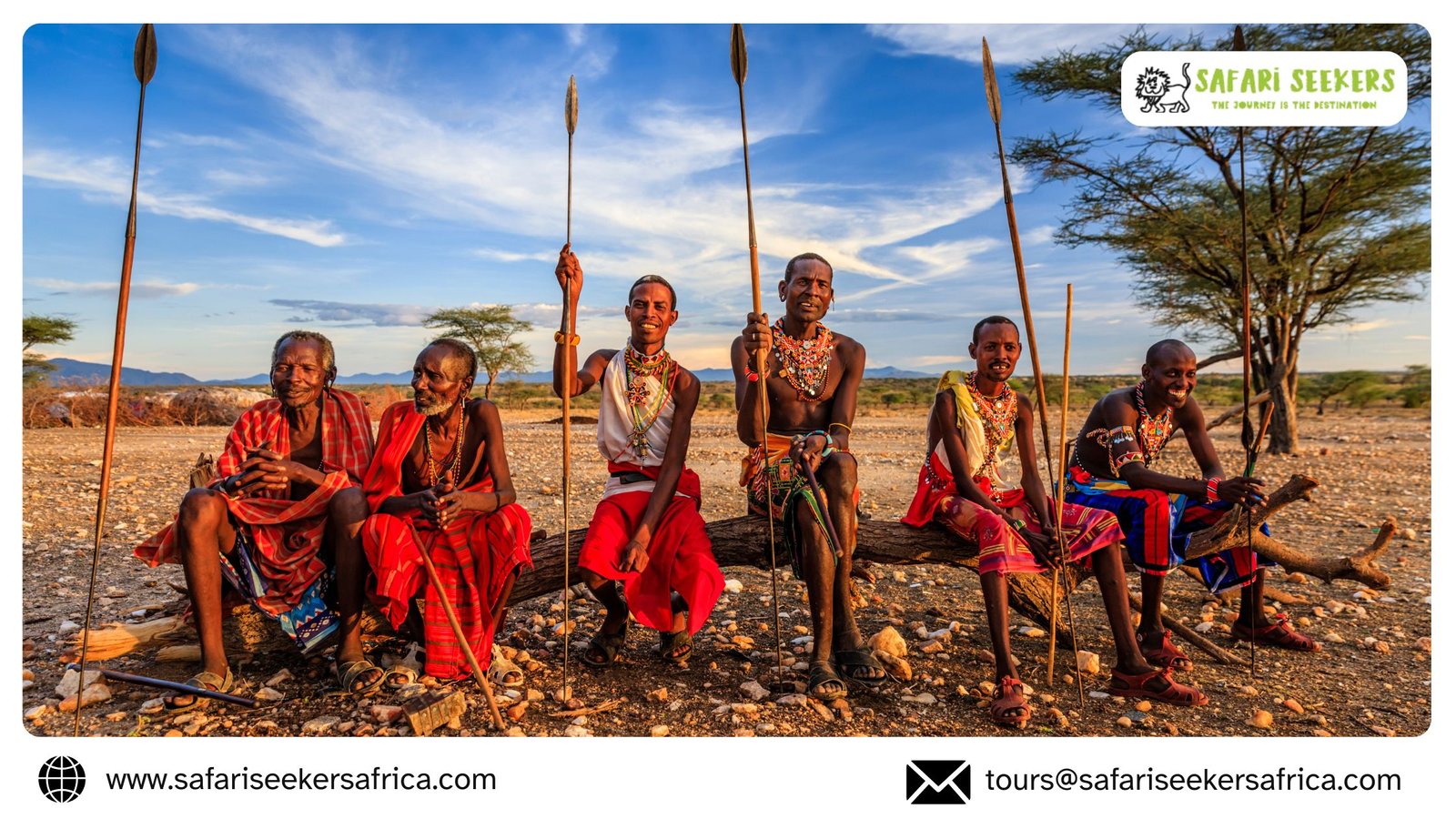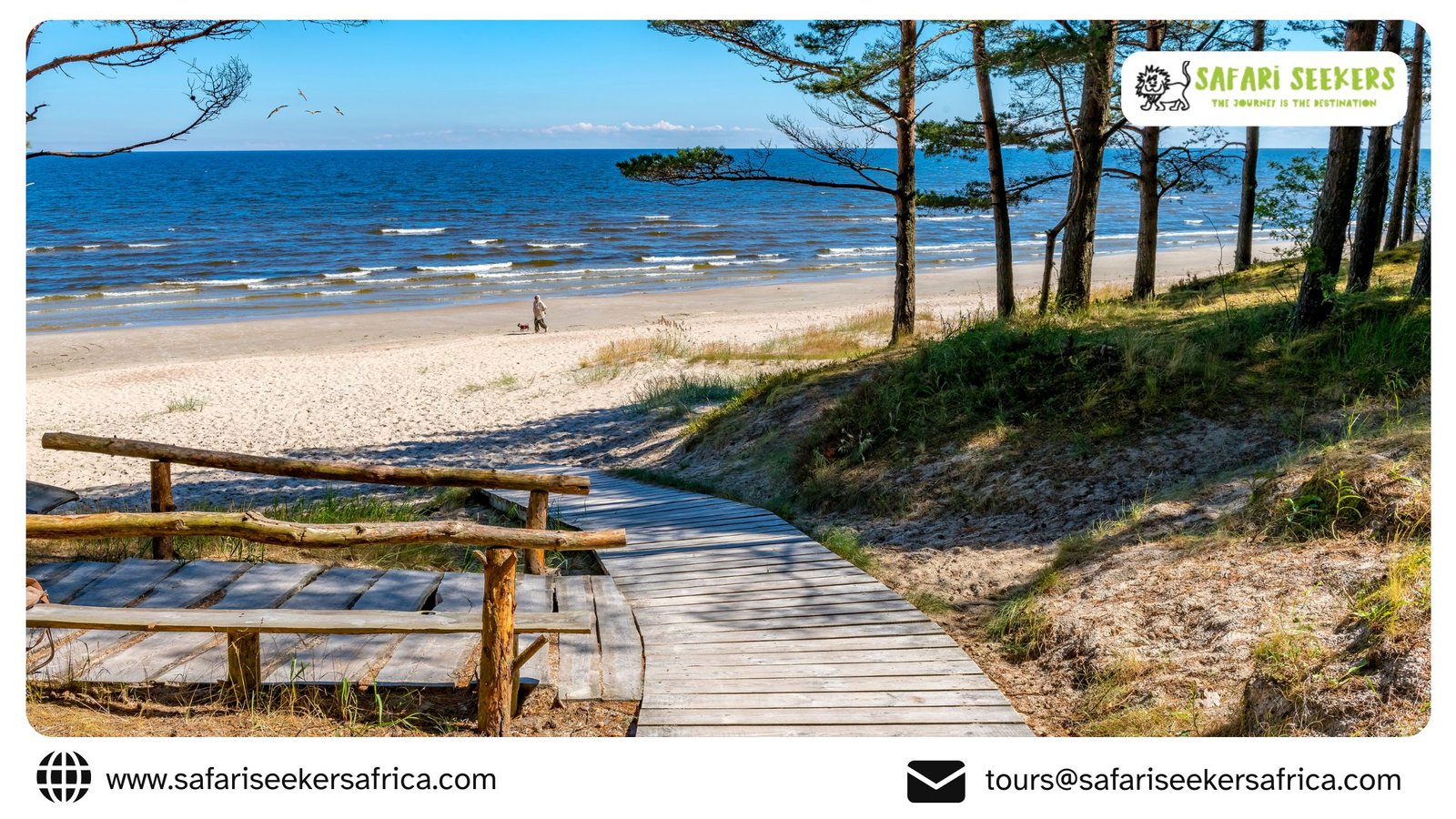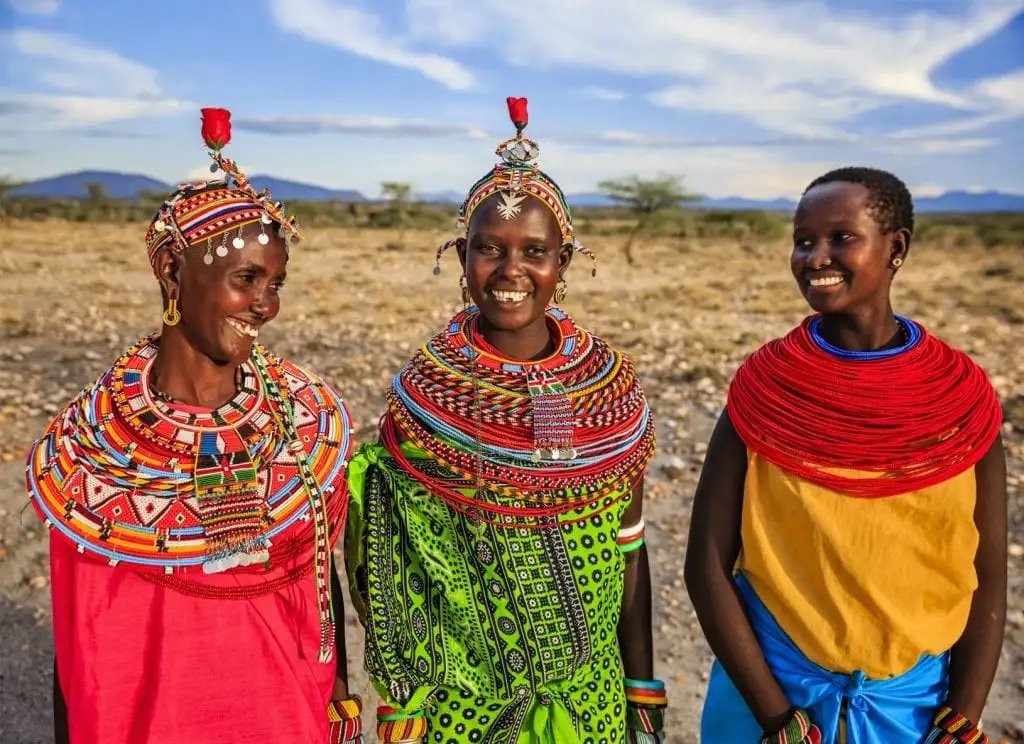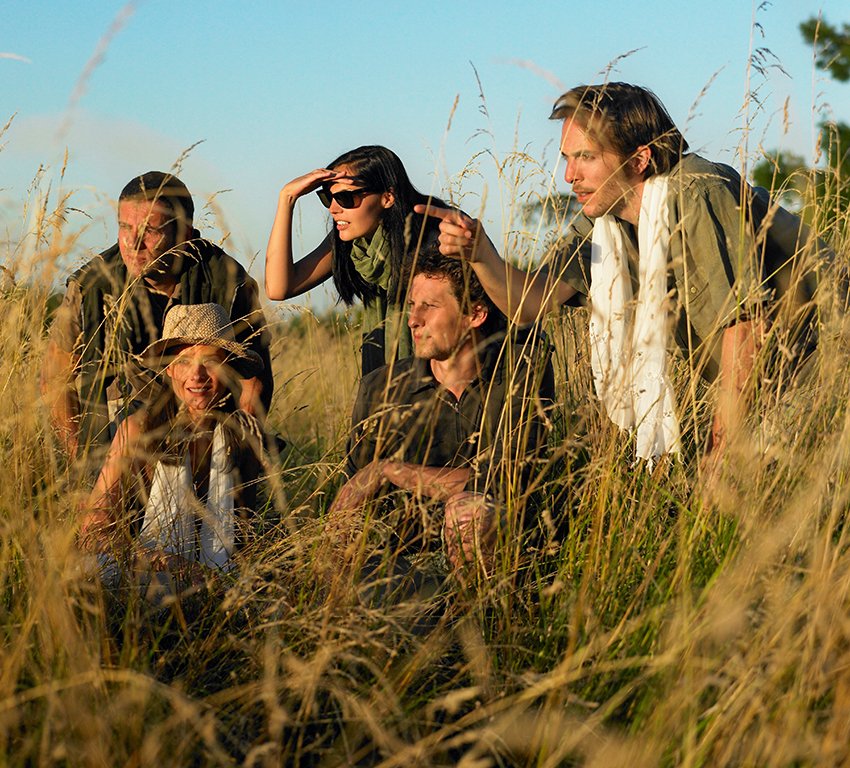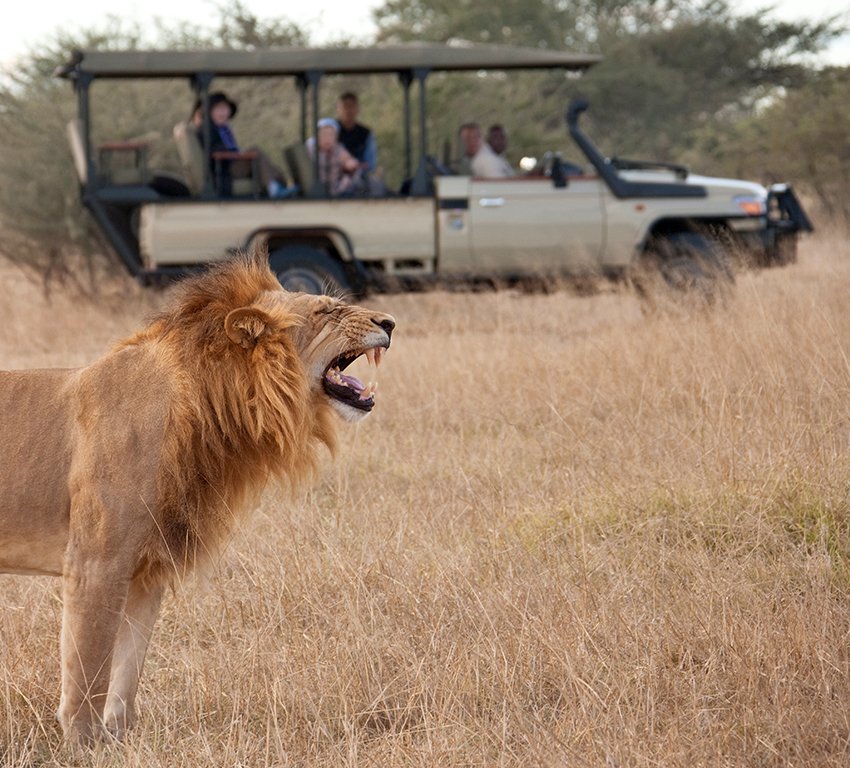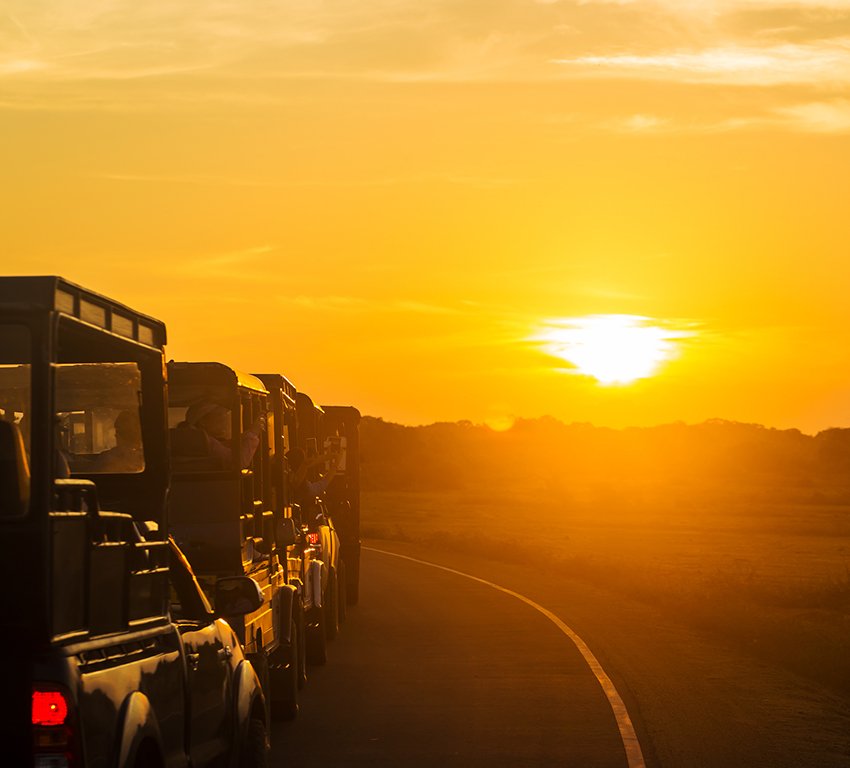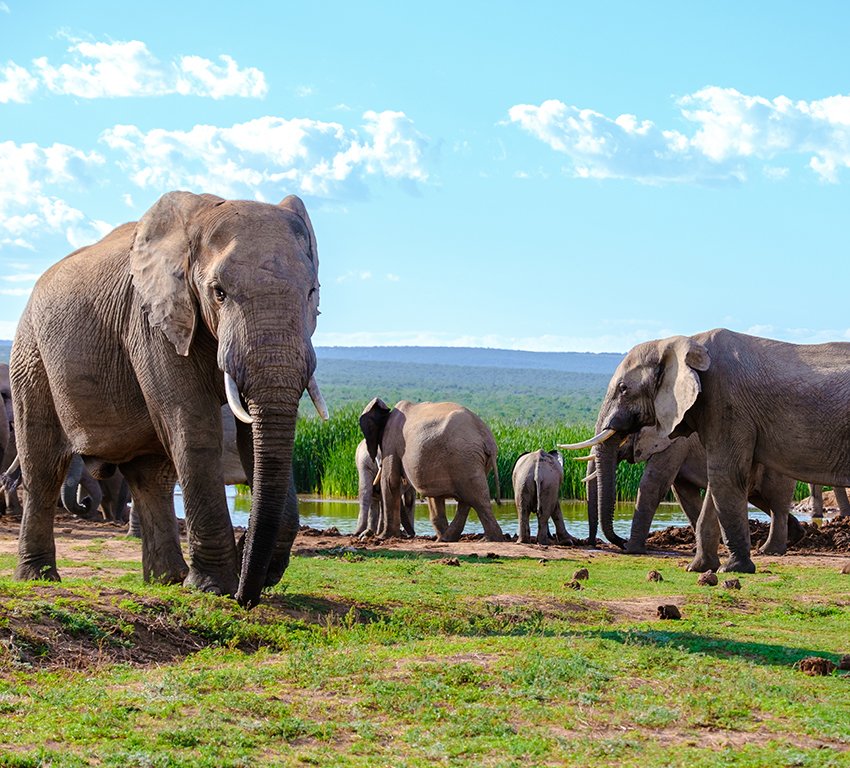When to Travel for the Best Game Viewing in East Africa
If you’re planning East Africa Safaris, the biggest question is usually when do I go? The truth is, the wildlife is always there, but some seasons simply give better shows than others. Picking your time right can be the difference between a quiet drive and watching a river crossing that makes your heart pound. Safari Seekers Africa helps travelers figure out those details, so the trip fits what they really want to see.
Dry months make animals easy to find
From June into October, the land dries up and animals stick close to rivers and small waterholes. That makes it much easier to find them. Lions spend more time near herds, elephants move in big groups, and you can catch cheetahs scanning the plains. For many people, this is the “safe bet” season.

The drama of the Great Migration
If you’ve ever seen pictures of wildebeest jumping into rivers, that’s usually July and August. The herds push from Tanzania up into Kenya. It’s chaotic, loud, and honestly a little scary when you watch it in person. Many travelers time their Africa safari trips around this moment, and it’s not hard to see why.
Green season has its own magic
November through March brings some rains, and a lot of people skip it. But if you like photography, this might be the time. The land turns fresh and green, and the skies are sharp. February is also calving season in southern Serengeti. Imagine thousands of newborns taking their first steps, and predators waiting close by. It’s a mix of beauty and raw survival.
Rwanda for gorilla trekking
For wilderness safaris in Rwanda, the sweet spot is June to September. The trails are less muddy and you’ve got a good chance of steady sightings. Trekking for gorillas is tough but worth it, and Safari Seekers Africa also adds golden monkey trips, which gives a very different feel from the savannah plains.

Kenya has something all year
African safari tours in Kenya are flexible. July to October is when the Mara is packed with wildlife. January and February are quieter—fewer crowds, nice weather, and good for private game drives. Some people finish their safari with a few days on the coast in Mombasa or Zanzibar. Beach plus bush, not a bad mix.
A few tips before you book
- July to September fills up quick, so don’t wait too long to reserve.
- Bring a jacket. Mornings can be cold, even when afternoons get hot.
- Ask your guide about combining parks, you’ll see a wider range of animals.
- Think about your must-see list. Is it gorillas? Big cats? Or the migration?
Safari Seekers Africa knows the seasons
The team at Safari Seekers Africa plans trips around these cycles. They work with local guides and know when each park is at its best. From game drives to walking tours, or cultural stops mixed in, they build safaris that match your pace and style.



